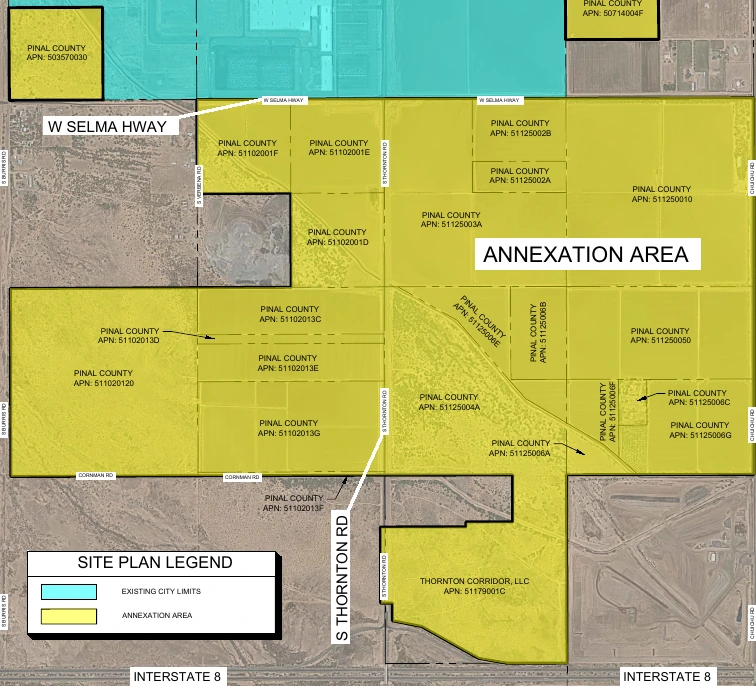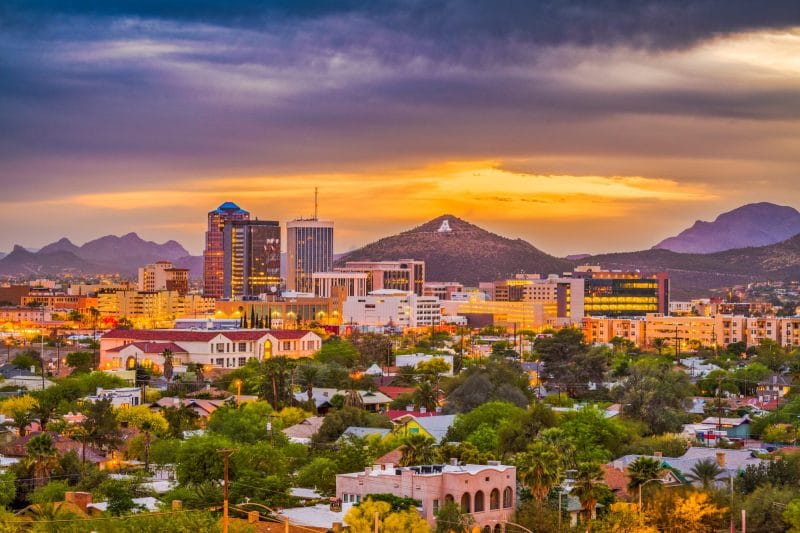
Could farmers use less water or transition to other crops? Yes, and they are.
Written by Keridwen Cornelius | Phoenix Magazine
In June 2015, businesspeople, conservationists and reporters gathered at Tempe Mission Palms Hotel and glanced worryingly at their water glasses. Lake Mead, which supplies water to 25 million people across Arizona, California and Nevada, had just sunk to a record low: 37 percent full. A bathtub ring the color of bleached bones striped its brown cliffs, revealing the ghost of water levels past.
For Arizonans, the lake is a giant hourglass measuring our main water supply. And it was 6 inches away from 1,075 feet – the trigger point for cutbacks.
Governor Doug Ducey assured attendees at the luncheon – titled “Keeping Water Flowing” – that we were not in a crisis. Arizona had been intelligently managing our water and banking it in underground facilities for years. Compared with profligate California, our state is as frugal as a Depression-era grandma.
Others felt there were leaks in the management plan. The biggest one, they said, was agriculture, which uses 70 percent of Arizona’s water. One environmentalist suggested farmers stop growing “water-hungry and inefficient” crops like alfalfa and cotton. Ducey nipped that proposal in the bud: “Cotton is one of the Five Cs. It’s going to continue to be one of the Five Cs.







